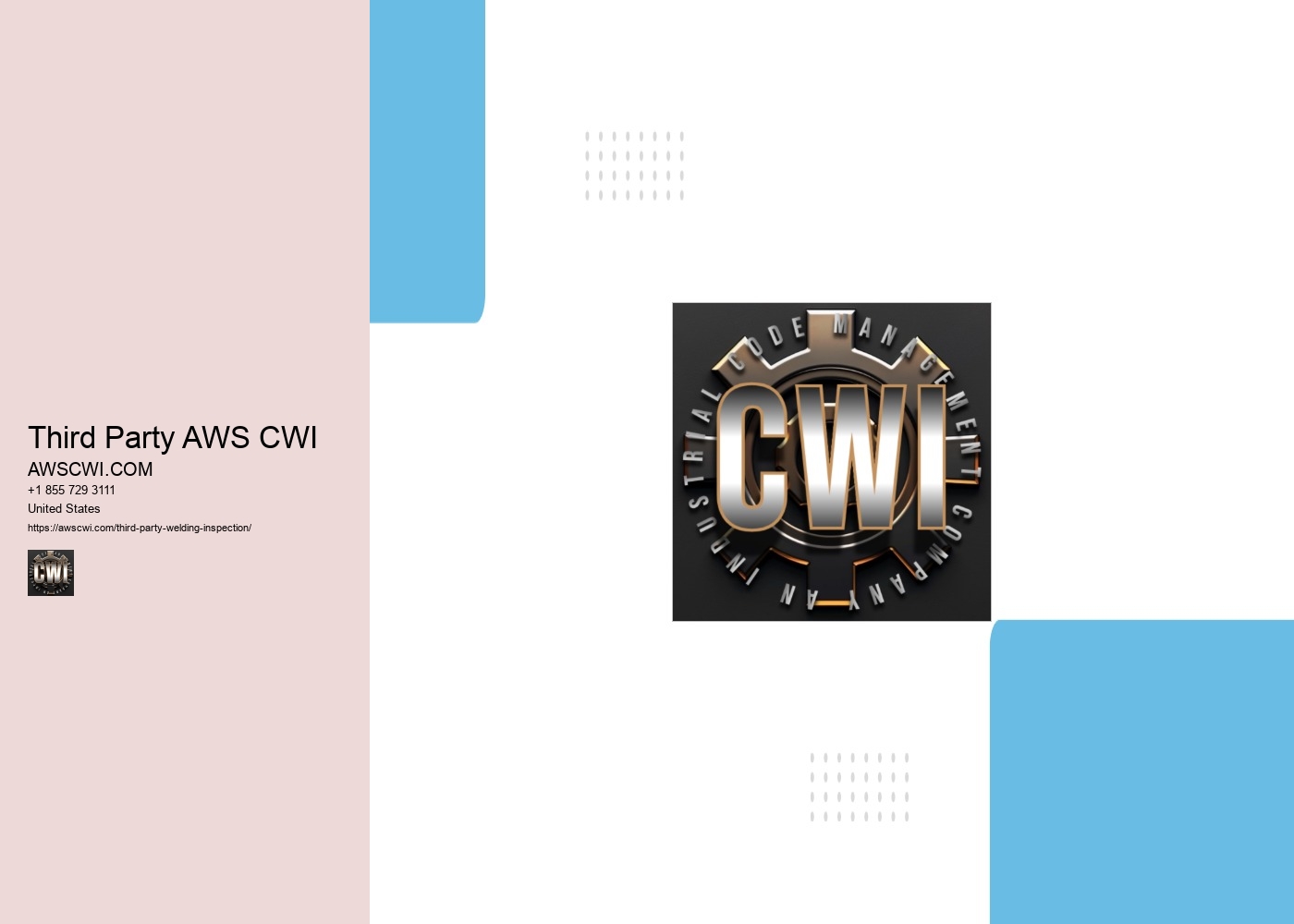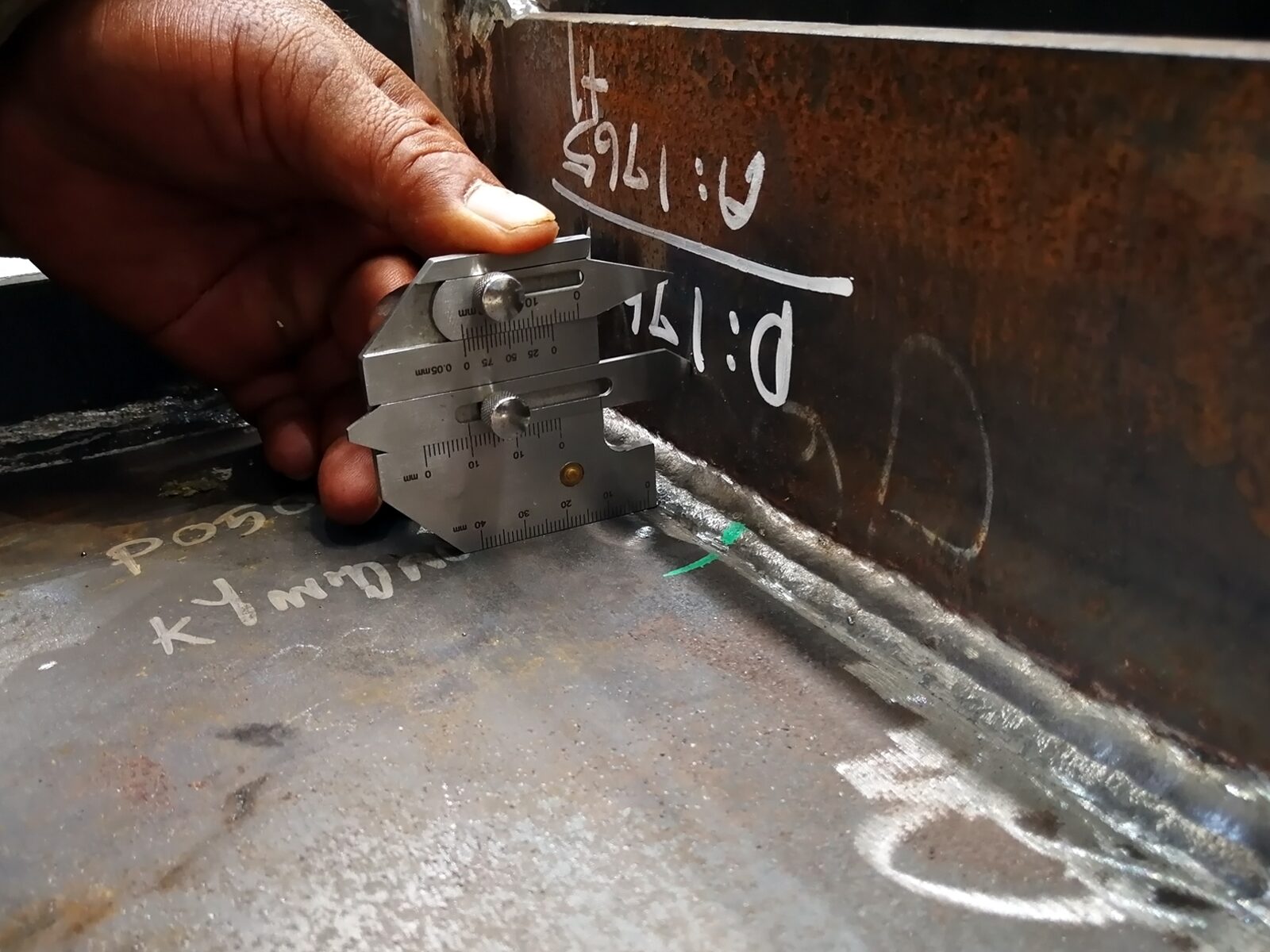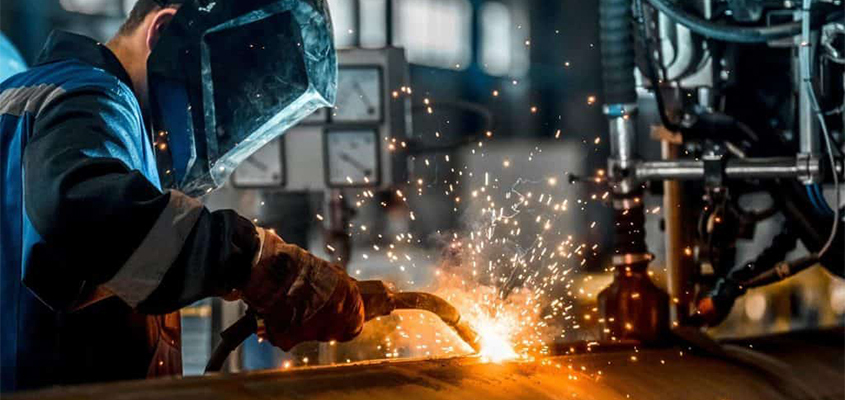

In the competitive landscape of welding projects, the role of third-party welding inspection emerges as a pivotal factor in ensuring both quality and compliance.
By engaging independent experts, organizations can gain unbiased insights that not only identify potential defects early but also enhance overall operational efficiency and safety.
This practice not only fosters client confidence through transparent evaluations but also positions companies favorably within the industry. As we explore the multifaceted advantages of third-party inspections, one may begin to wonder how these benefits can transform your approach to welding projects.
How can enhanced quality assurance greatly impact the outcome of welding projects? Enhanced quality assurance in welding serves as a critical mechanism for ensuring that the integrity and reliability of welds meet industry standards.
Third-party welding inspections provide an objective evaluation of welding practices, materials, and finished products, ensuring compliance with relevant codes and specifications. Additionally, the objective nature of third-party inspections fosters trust among stakeholders, including clients, contractors, and regulatory bodies.
Utilizing third-party inspectors also promotes a culture of continuous improvement within welding teams. The feedback generated from these inspections can guide training and development efforts, helping welders refine their skills and stay updated on evolving industry standards.
Investing in third-party welding inspections can lead to significant cost savings over time for organizations involved in welding projects. By identifying potential defects and issues early in the welding process, companies can avoid costly rework, repairs, or even complete project failures.
Moreover, third-party inspectors bring an objective perspective that internal teams may overlook. Their expertise can help streamline the welding process, enhancing efficiency and reducing material waste. By ensuring that each weld meets the required specifications, organizations can also mitigate the risk of equipment failures or safety incidents.
Additionally, the credibility that comes from utilizing third-party inspections can enhance a company's reputation, leading to increased business opportunities and customer trust. As clients become more aware of the importance of quality assurance, companies that prioritize rigorous inspections may find themselves at a competitive advantage.

Compliance with industry standards is essential for organizations involved in welding, as it guarantees that all processes and outputs meet established safety and quality benchmarks. Adhering to these standards not only fosters a culture of safety but also enhances the credibility of the organization within the industry.
One of the primary benefits of third-party inspections is the assurance that the welding work aligns with national and international standards, such as those set by the American Welding Society (AWS) or the International Organization for Standardization (ISO).
Moreover, compliance is often a prerequisite for project approval in industries such as construction, aerospace, and manufacturing. By utilizing third-party inspectors, organizations can demonstrate their commitment to quality and safety, thereby enhancing their marketability and trustworthiness.
Identifying defects early in the welding process is essential for ensuring the integrity and longevity of welded structures. Third-party welding inspections play a critical role in this proactive approach. By employing independent inspectors, organizations can benefit from an unbiased evaluation of weld quality.
These inspections employ various non-destructive testing methods, including ultrasonic testing, radiographic examination, and magnetic particle inspection, to identify defects without compromising the welded components.
Additionally, early defect detection fosters a culture of quality assurance within the organization, as it underscores the importance of precision and adherence to specifications. This proactive stance not only enhances the reliability of the welded structures but also instills confidence in clients and stakeholders.

Guaranteeing the safety of personnel and equipment in welding operations is paramount, and third-party welding inspections greatly enhance these safety measures. By providing an objective evaluation of welding processes and outcomes, these inspections help identify potential hazards before they escalate into serious incidents.
Qualified inspectors are trained to recognize not only visible defects but also underlying issues that may compromise structural integrity. This thorough assessment guarantees that welds meet stringent safety standards, thereby reducing the likelihood of equipment failure or accidents in the workplace.
Furthermore, third-party inspectors can provide recommendations for improving safety practices, such as proper equipment handling, personal protective equipment (PPE) usage, and adherence to safety regulations. This proactive approach fosters a culture of safety within the organization, encouraging all personnel to prioritize safe practices.
The implementation of third-party welding inspections not only strengthens safety measures but also greatly boosts client confidence in the quality of welding projects. Clients seek assurance that the products they invest in meet stringent industry standards and are executed with precision.
Third-party inspectors bring an unbiased perspective to the evaluation process, which is essential for fostering trust. Clients are more likely to feel secure in their decisions when they know that a neutral party has thoroughly assessed the work.
Furthermore, enhanced client confidence can lead to repeat business and referrals. When clients are satisfied with the integrity of their projects, they become advocates for the service provider, promoting their expertise and reliability to potential customers.

The frequency of third-party inspections should be determined by several factors, including the project's complexity, regulatory requirements, and the potential consequences of failure. Generally, inspections are recommended at critical stages of the welding process, such as pre-welding, during the weld, and post-weld. Additionally, routine inspections can be scheduled based on historical performance data and risk assessments to guarantee ongoing compliance and safety throughout the project lifecycle. Adhering to these guidelines enhances structural integrity.
Third-party inspectors assess welding quality through a systematic approach that includes visual inspections, non-destructive testing (NDT), and reviewing welding procedures. They evaluate weld integrity, checking for defects such as cracks, porosity, and incomplete fusion. Additionally, they verify compliance with relevant codes and standards, ensuring that the welding process adheres to specified requirements. Documentation of findings and recommendations is provided, facilitating corrective actions and fostering overall quality assurance in welding projects.
Third-party inspectors typically communicate their findings to clients through detailed inspection reports, which may include photographs, test results, and compliance assessments. These reports are often supplemented by verbal briefings or presentations to clarify complex issues. Additionally, inspectors may utilize digital platforms for real-time updates and facilitate discussions on necessary corrective actions. Clear communication guarantees that clients understand the implications of the findings and can make informed decisions regarding their welding projects.